Glass Plate Negatives
TownsWeb Archiving’s glass plate negative scanning service uses expert digitisation technicians with a wealth of experience in scanning glass plate negatives and lantern slides.
Digitisation protects your glass plate negatives and lantern slides from loss or damage and makes them quickly accessible. Often it is the case that holders of glass plate negatives are unsure of exactly what is held within their collection because of the nature of this particular format. Digitisation is a clear way of identifying the extent and content of these collections.
We are able to convert most items, regardless of deterioration, peeling emulsion, cracks and scratches, and can create output formats in TIFF and JPEG (JPEG2000), or any other industry-standard image format you may require.
Calculate the cost of your glass plate negative scanning project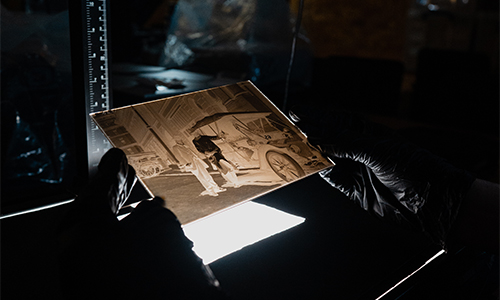
Visit our digitisation studio – See how our Glass Plate Negative Scanning service works
Hear what our clients have to say about our digitisation services
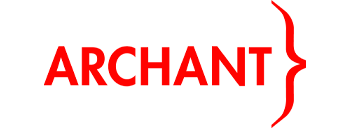
I can safely say that with TownsWeb I happily recommended them to other companies for similar scanning and digitisation [projects] because I know they can be trusted. They can be relied upon to get the job done… they get it right, first time, every time.
Project Manager
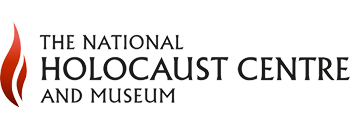
Thanks to the digitisation carried out by TownsWeb, we have been able to extend the reach of our collections, for example by using the high quality images on our website. This makes the material available for those that cannot physically get to our museum due to its rural location, but also globally for research and educational purposes.
Museum Curator & Project Leader
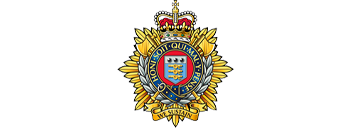
TownsWeb offered us a complete end-to-end service, from scanning and transcription, to web design and content management software. Their work was completed quickly and to a high standard, and we are extremely pleased with the results.
Museum Curator
Digitisation Frequently Asked Questions
We use bespoke, specialist Epson scanners and lightbox. The equipment allows us to place the absolute minimum of pressure on the material and mitigate against any chance of damage. We can scan in a variety of DPI and creating a variety of output formats. We will generally produce image files between 1200ppi and 4000ppi in TIFF and JPEG formats, although we can produce other file formats. Images can be produced in full colour or greyscale and we can enhance or graphically restore them too. As standard we recommend digitising glass plate negatives to uncompressed RGB TIFF files at a minimum resolution of 600dpi and 16-bit pixel depth when creating master files. However, we are more than happy to accommodate any specific requirements you may have, such as differing resolutions or file formats. We also, as standard, convert the negative images to positives and perform contrast adjustments in order to ensure the clearest possible digital images.
All files are captured by our highly trained digitisation technicians using overhead, daylight balanced, non-heat producing lighting, before undergoing a formal quality assurance checking procedure. As specialists in digitising fragile items, our technicians are fully trained in professional handling procedures and employ a gentle, “white gloves” approach at all times, to ensure no harm comes to the materials. Our technicians are happy to remove your glass plates from card sleeves/envelopes during the digitisation process, carefully replacing them in the packaging after scanning. The final step in the process is the delivery of your electronic files by hard drive.
As standard, TWA survey all material prior to any digitisation project being carried out to ensure that it can withstand the scanning process. If there is evidence of fragility, brittleness, and/or mould, or any other signs of damage to your glass plates and lantern slides, then recommendations will be made for how to repair and stabilise the content appropriately.
There are many things that need to be taken into consideration when costing your digitisation project, such as:
- Condition
- Scale of the collection
- Plates and slides needing to be removed from and returned to envelopes
- Any cleaning required
Consequently, it’s impossible to give a definitive answer as to cost, but you can get a rough estimate using our digitisation calculator.
Glass plates and lantern slides are one of the most delicate materials to digitise and care must be taken to ensure pressure isn’t placed onto them. They must only ever be handled by the edges and whilst wearing white gloves. They should also be placed the right side up in order to capture them correctly. We always maintain safe handling procedures to ensure the protection of your material.
Calculate the cost of digitising your film collections
Simply input your specifications into the FREE digitisation quote calculator below, to get an estimate of how much your project might cost. The prices quoted are indicative for your material quantity and type but are subject to any additional costs such as file naming, folder naming and any post-processing requirements you may have.
If you don’t see your specific material listed it might be that your content is more suited to an informal chat.
Calculate your project costs
Enter your project details, material type and email using the form provided
Review your quote
Look out for your free no obligation quote, received straight to your inbox
Speak with our consultants
Book a discovery call if you have any questions or wish to proceed with your project
Film Digitisation Quote Calculator
Important Note: We charge a standard £500 project set-up and management fee in addition to the cost of digitisation.
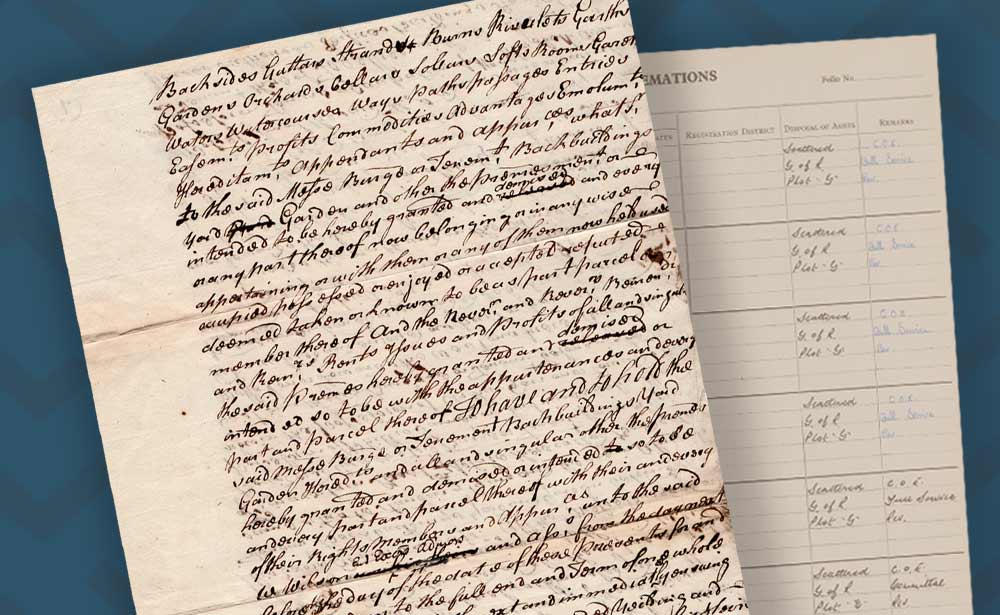
Capture the data within your Glass Plate Negatives
Digitisation places your glass plate negatives in the perfect format to capture the valuable data contained within them, offering great potential for system integration and online access and discovery.
Capture the data within your collection with handwritten transcription, identifying any handwritten or cursive script within images and converting this to searchable and machine readable textual metadata through a process of scanning. Using bespoke transcription validation software we can guarantee highly accurate results, carrying out any preprocessing measures required and outputting to any format.
Learn more about Handwritten Transcription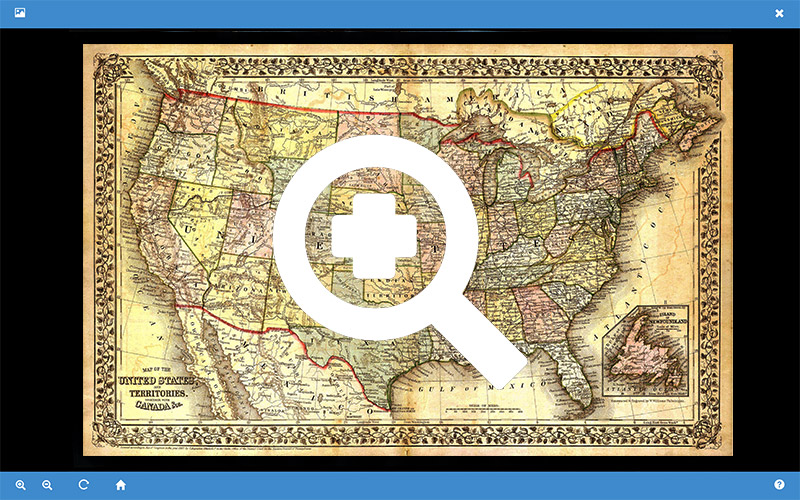
Publish your Glass Plate Negatives online
PastView is the perfect platform for publishing your glass plate negatives online, offering great potential for access and discovery. Manage and publish your collection with:
- High Resolution Zoom: Revealing every minute detail through large scale manipulation
- Featured Collections: Gathering specific images into their own collections to showcase them
- Digital Downloads: Making select items uniquely accessible in order to generate revenue
- Watermarking Security: Safeguarding and protecting your images from copyright infringement









